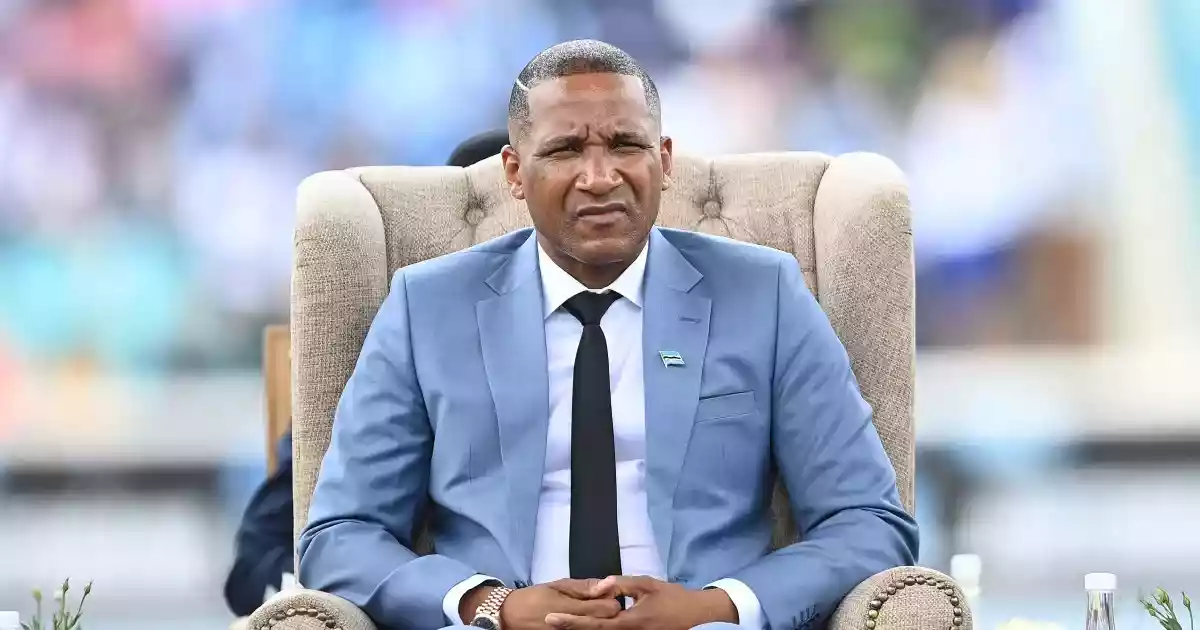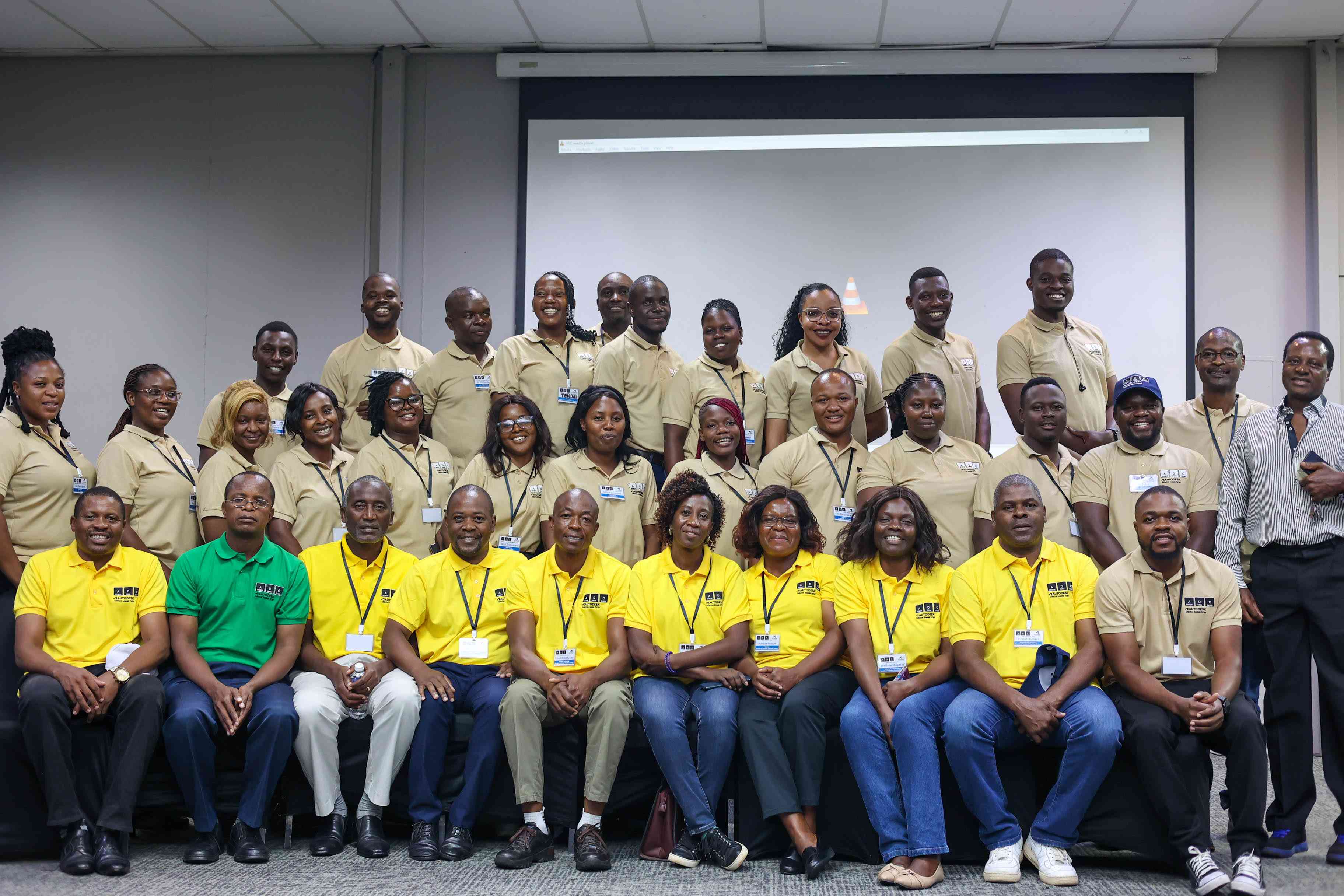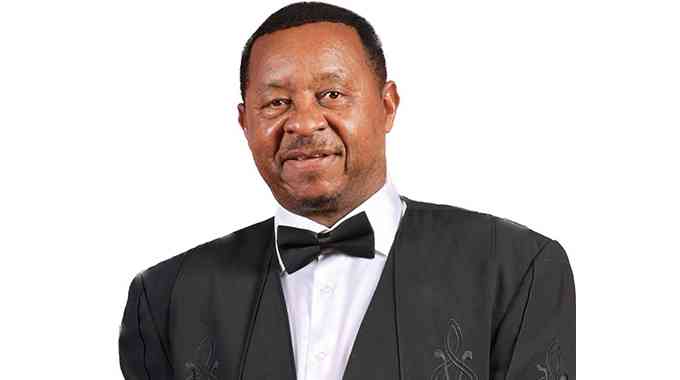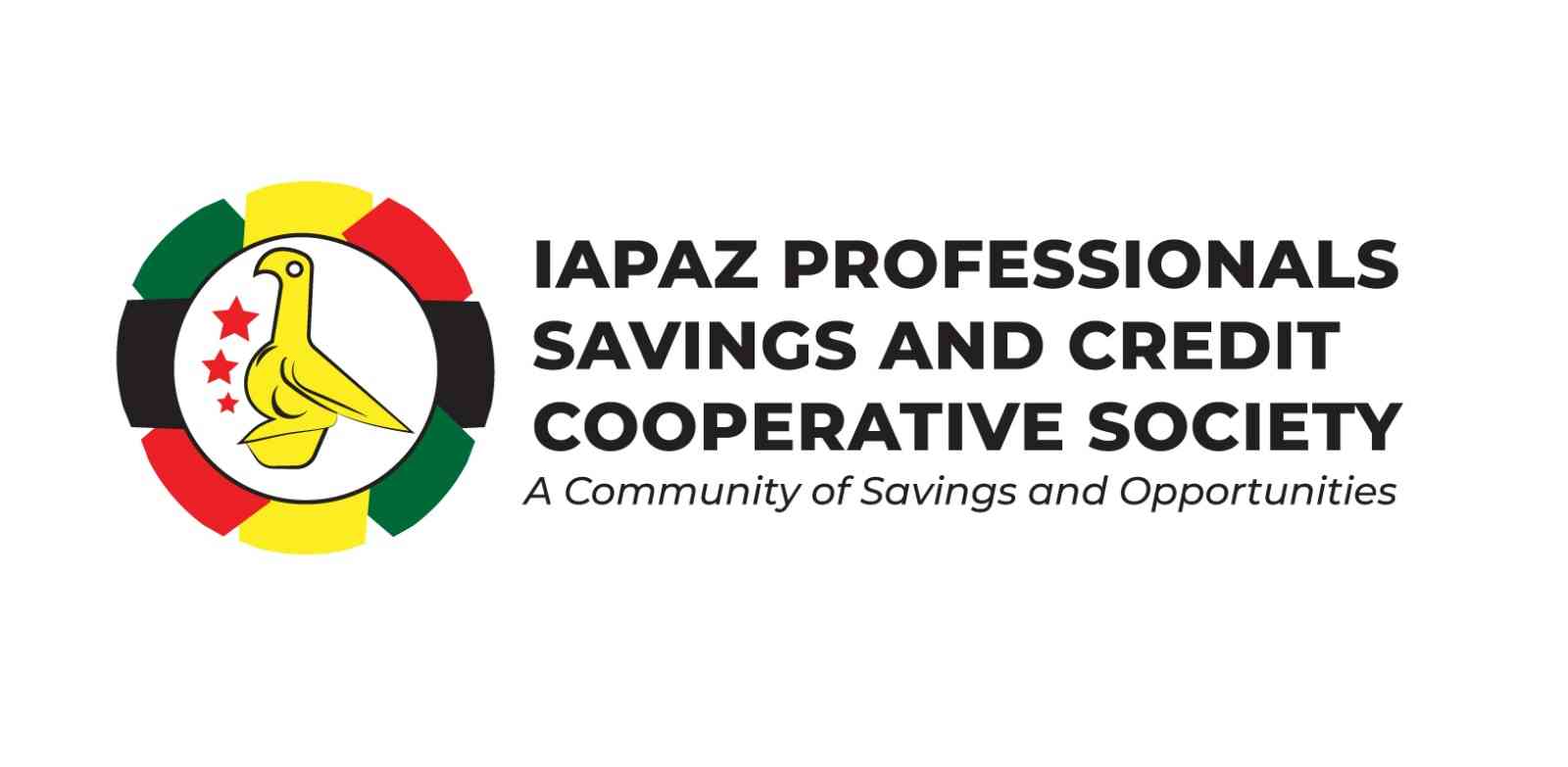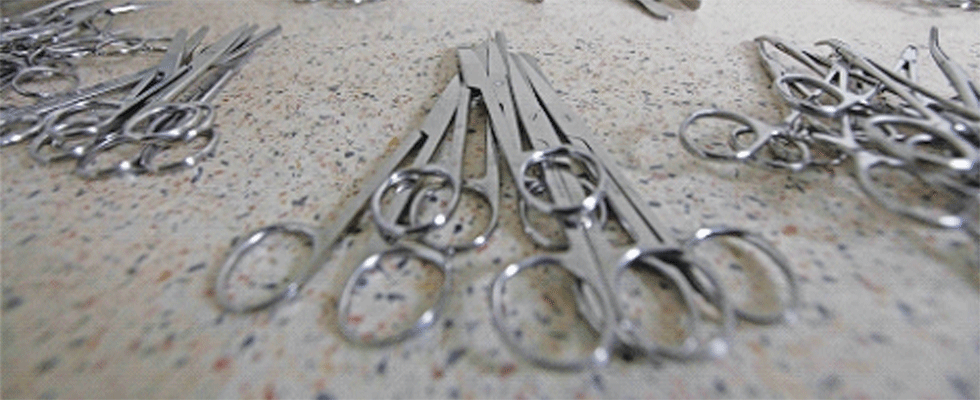
THE United Nations Programme on HIV and Aids (UNAids) says lack of funding and medical personnel has stalled expansion of the Voluntary Medical Male Circumcision (VMMC) programme to rural areas.
VENERANDA LANGA SENIOR PARLIAMENTARY REPORTER
This was disclosed in a 2013 UNAids report titled Matching Supply with Demand: Scaling Up Voluntary Medical Male Circumcision in Tanzania and Zimbabwe.
The report said the shortage of doctors had caused the programme to miss its targets to circumcise some 1,3 million males aged between 13-29 years by 2015.
The national male circumcision policy for HIV prevention was first launched by the Ministry of Health and Child Care in 2009 and currently has 20 fixed sites, multiple outreach sites and mobile teams across the country’s 10 provinces.
“The VMMC programme still needs to expand its coverage, especially in rural areas because due to limitations in funding, services are concentrated around urban areas and penetration into more rural settings through mobile service delivery has been limited,” the report read.
“Human resource shortages impact the programme’s ability to go to scale as Zimbabwe does not have the required number of doctors and, due to a lack of task shifting, nurses are unable to share the workload.”
The UN body also recommended intensive awareness campaigns to dispel existing misconceptions about the benefits of circumcision.
- Chamisa under fire over US$120K donation
- Mavhunga puts DeMbare into Chibuku quarterfinals
- Pension funds bet on Cabora Bassa oilfields
- Councils defy govt fire tender directive
Keep Reading
“Zimbabwe is a non-circumcising country and local norms around VMMC, such as a strong preference for VMMC during pre-adolescence, are not a hindrance to reaching the target population. Over 76% of the VMMCs in Zimbabwe are performed on males aged 15 to 49 years.
“Zimbabwe plans to dispel myths about circumcision through scaling up demand creation activities, particularly best practices such as partnerships with public figures and community organisations and leaders and through engaging women as both partners and mothers.”

